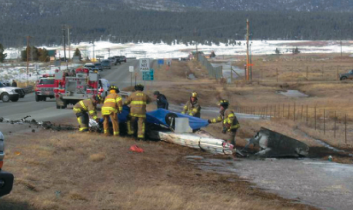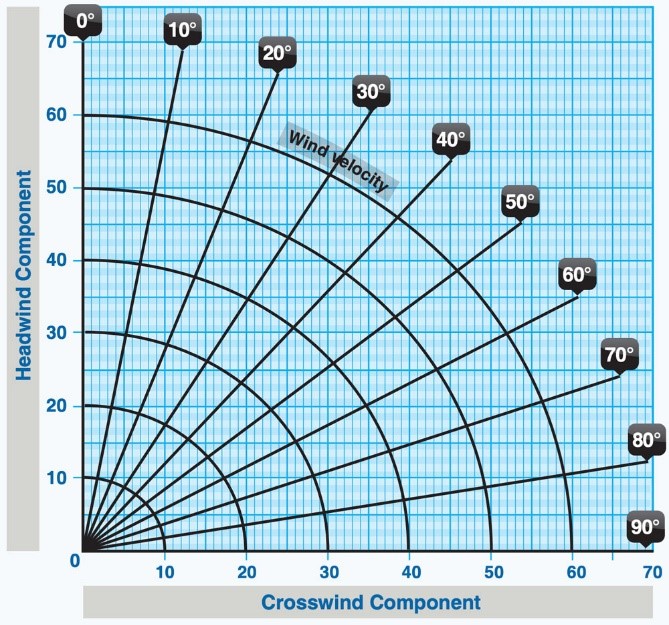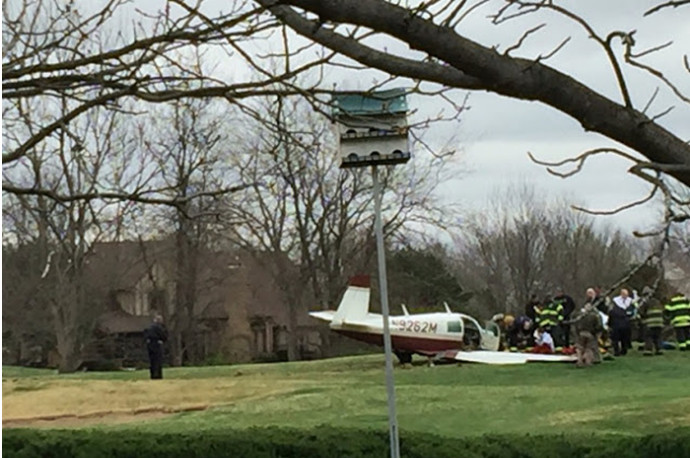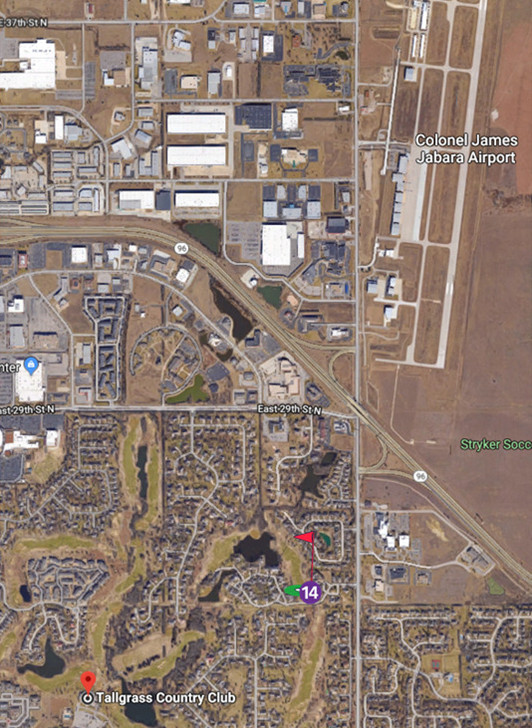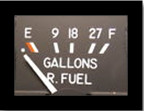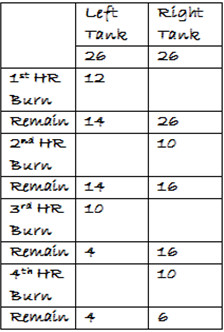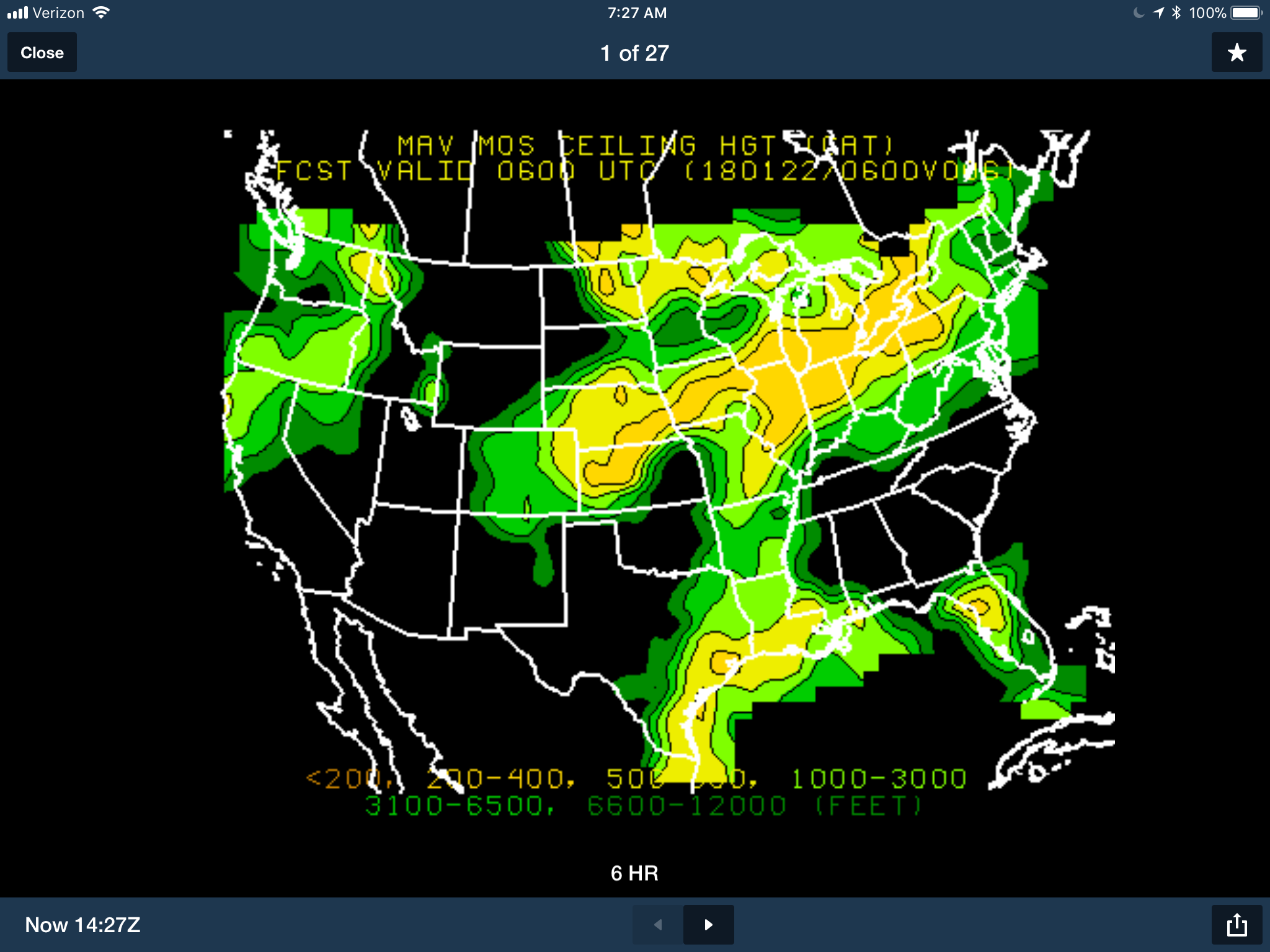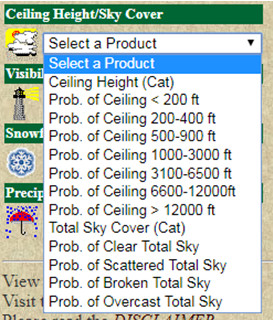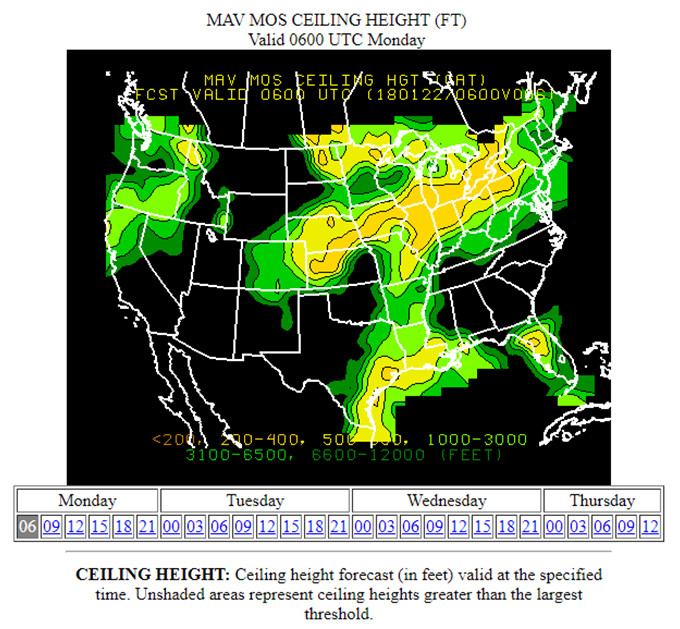On June 7, 2018, a Mooney M20C was repossessed from the previous owner. It continued to gather dust on the ramp at the Phoenix Goodyear Airport (GYR), in Goodyear, Arizona. On September 27, 2018, almost four months after the repossession, the Mooney was purchased by the mishap pilot.
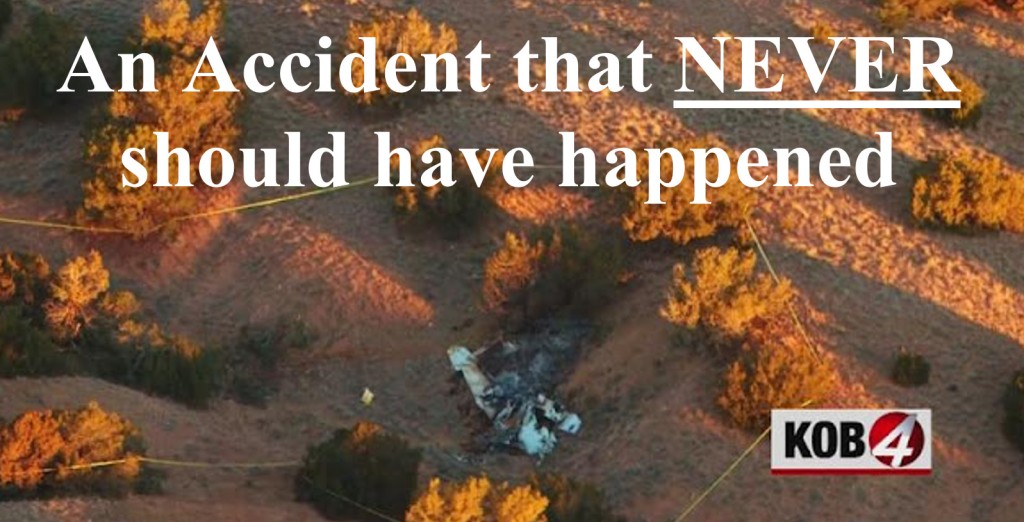
Personnel at Lux Air, the fixed base operator (FBO) at GYR, reported that in the preceding weeks before the accident, the new owner/pilot had been working on the Mooney, filling it with fuel and installing a new battery. According to Lux Air personnel, he asked to borrow a bucket and an air compressor. From his requests, they assumed that he most likely changed the oil and checked the tire pressures. No FBO personnel or A & Ps helped the new owner with the maintenance.
The Timeline
Sunday evening, November 25, 2018, the night before the accident
The new owner/pilot sent a text message to a friend stating that he planned to be “in the air” tomorrow [November 26th] by 1030 (10:30 am) and at the Colorado Plains Airport, Akron, Colorado (AKO) about 1400 (2:00 pm).
Monday, November 26th, time unknown
The pilot started the engine. After start, while taxiing on the ramp, another pilot noticed that one of the cowling access panels was open. This pilot was able to get the Mooney pilot’s attention. The owner/pilot shut down and determined that the panel would not latch normally. So, he returned to the FBO, acquired some blue tape and taped the access panels closed.
Nov 26th, 1500 (3:00 pm) – T.O.
The pilot took off from the Phoenix Goodyear Airport (GYR), Goodyear, Arizona. He was destined for the Colorado Plains Airport (AKO), Akron, Colorado, which is 600 nautical miles northeast of GYR. The pilot did not file a flight plan.
The tower controller asked the pilot if he wanted to stow the speed brakes before attempting to take off. He thanked the controller and stowed the speed brakes. Several times after takeoff, the controller tried to tell the pilot that the landing gear was still down and that the transponder was not being received. Finally, the pilot responded, “I can’t hear you, it’s really loud in here“.
1652 (4:52 pm)
Sunset occurred almost two hours later, at 1652. Night visual meteorological conditions prevailed.
1836 (6:36 pm) – 3 hrs. 36 min. after T.O.
Three and a half hours after takeoff, the pilot texted a friend indicating that he was over Colorado Springs. If this was truly his location, the pilot would have been about 107 nm southwest of AKO. Was he lost? We will never know.
1914 (7:14 pm) – 4 hrs. 14 min. after T.O.
He texted his friend and asked for the Akron VOR frequency (AKO). She texted him the frequency.
Did he fly without the appropriate paper charts or an Electron Flight Bag (a tablet / iPad with a GPS powered pilot app)?
Around 2000 (8:00 pm) – 5 hours after T.O.
A witness near Santa Fe, New Mexico (SAF) stated that he observed the airplane twice shortly before the accident. Initially, he heard the airplane but did not see it. He was only able to locate it from the ambient lighting surrounding the airport because there were “no lights whatsoever” on the Mooney. The airplane appeared to be on an “abbreviated” left downwind for runway 20 at SAF, then turned and crossed over the approach end of the runway before he lost sight of it. About 2 or 3 minutes later, he saw the airplane again on the same approximate flight path with no lighting and then he again lost sight of it. The landing gear and wing flaps appeared to be retracted. The engine sounded as if it was at a “medium” power setting, and he did not suspect any issues with the engine. He did not witness any portion of the accident sequence.
Just before 2000 (8:00 pm) – 5 hours after T.O.
The Mooney crashed in a ravine about 1/3-mile south of the SAF airport and was destroyed by impact forces and a postimpact fire. The pilot was killed.
Lots of Unknowns
SAF is about 305 miles southwest of AKO, the intended destination.
Investigators were not able to determine the flight path taken by the pilot nor were they able to determine the intended route of flight for the original destination of Akron, Colorado (AKO).
Based on the available information, the reason the pilot was circling the airport and the reason for the airplane’s subsequent impact with terrain could not be determined.
The NTSB determined that it is likely the pilot became lost at some point during the flight and the airplane was probably near its fuel endurance limit at the time of the accident. The pilot may have been trying to orient himself by circling the airport or was attempting to alert the tower controller before setting up for a landing.
The investigation was unable to determine whether a loss of control preceded the impact with terrain or whether the pilot became low on a landing approach.
Information Concerning the M20C
Airplane maintenance records were located with the wreckage. Both the airframe and the engine had accumulated 2,189 hours.
The most recent annual inspection occurred over five years ago, on July 7, 2013.
There was no record that the pilot requested a ferry permit for the flight.
The M20C fuel capacity is 52 gallons. True airspeed is 140 knots. Performance data contained in the airplane owner’s manual indicates that fuel endurance at 75% power is about five hours.
Information Concerning the Pilot
The 73-year-old pilot had not held a current medical certificate for eight years. His most recent application for a medical certificate, dated May 4, 2010, was denied because he did not provide additional information as requested by the FAA. No subsequent applications were on file. At the time of his medical certificate application, he had a total flight time of 1,200 hours.
The pilot’s daughter told a news outlet that her father was a certified flight instructor (CFI). She stated, “He was a very safe pilot. Unless something was very wrong, he never would have crashed an airplane.”
Conclusion
As our friend Phil Corman has stated many times, “In aviation, if one negative thing happens, be alert for other negatives. If another negative thing occurs, we are not going!”
This accident was preceded by so many red flags.
The Aircraft and Pilot must be Airworthy
Before undertaking a cross county flight, this Mooney should have undergone an Annual Inspection to determine airworthiness. After the inspection, the Mooney should have been test flown, and if anything was found to not be working properly, the problem should have been resolved.
In addition, the pilot should have been current and “legal”; with a valid FAA medical or BasicMed.

